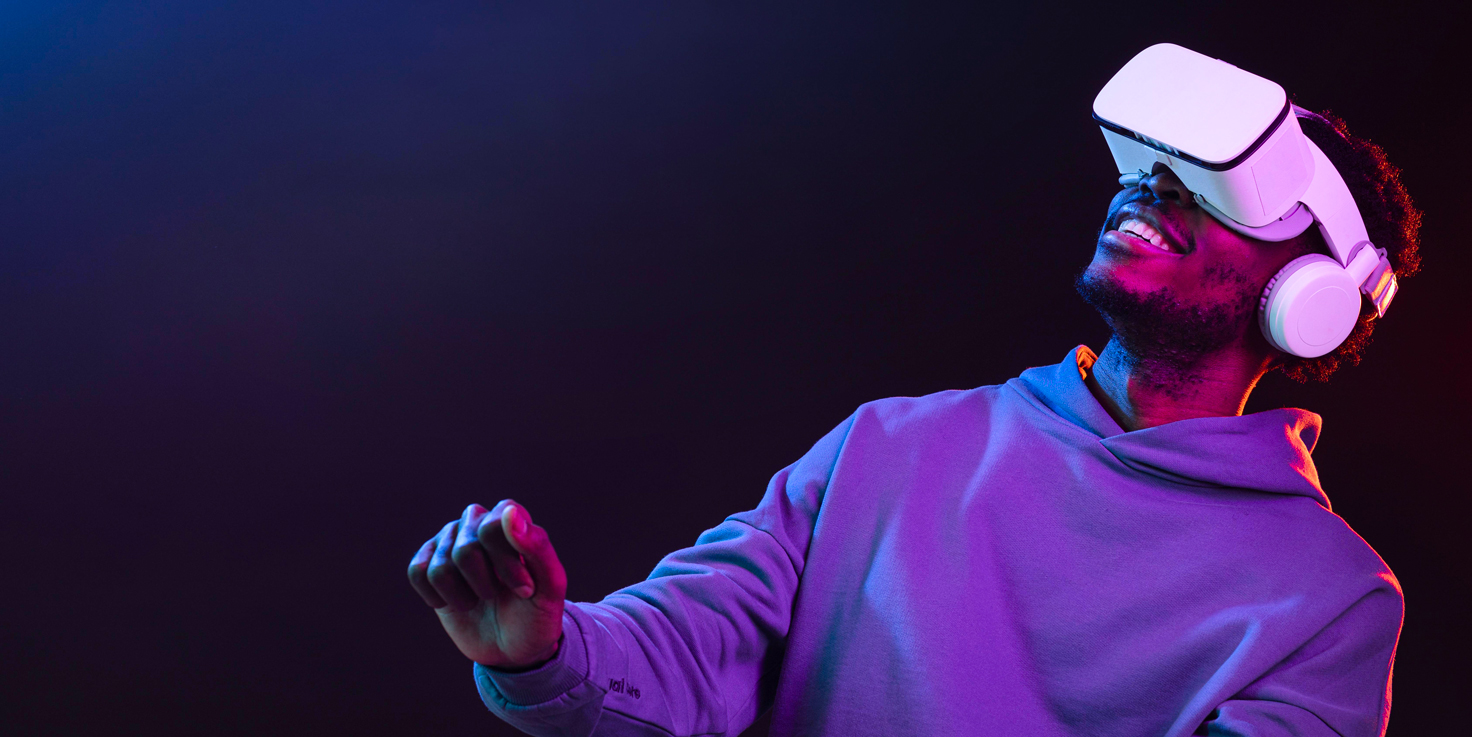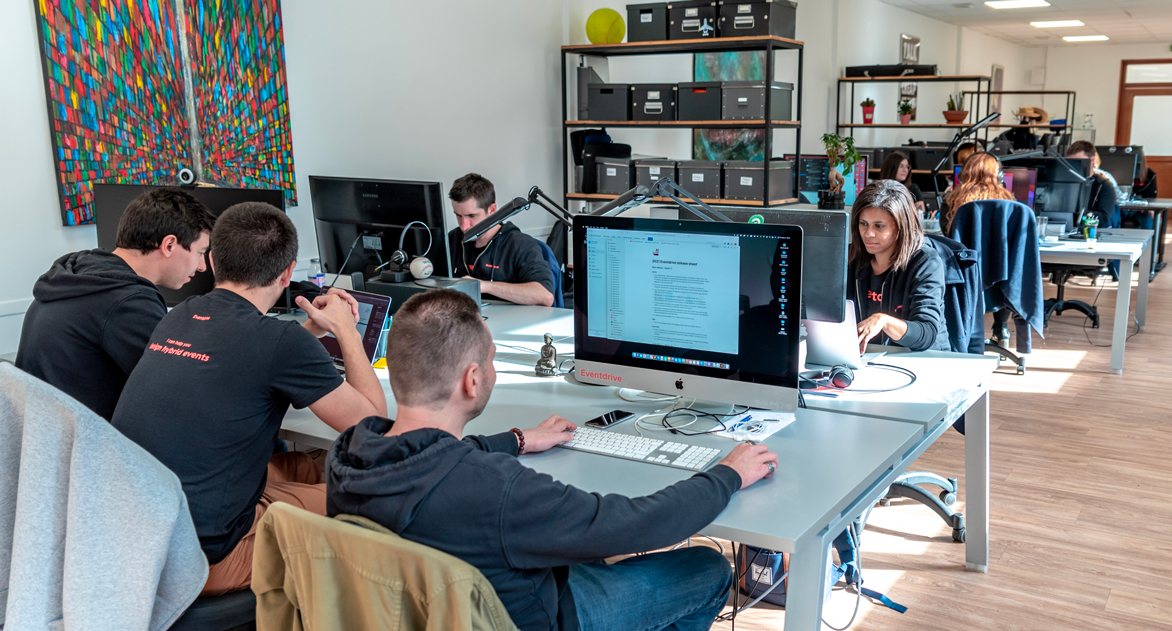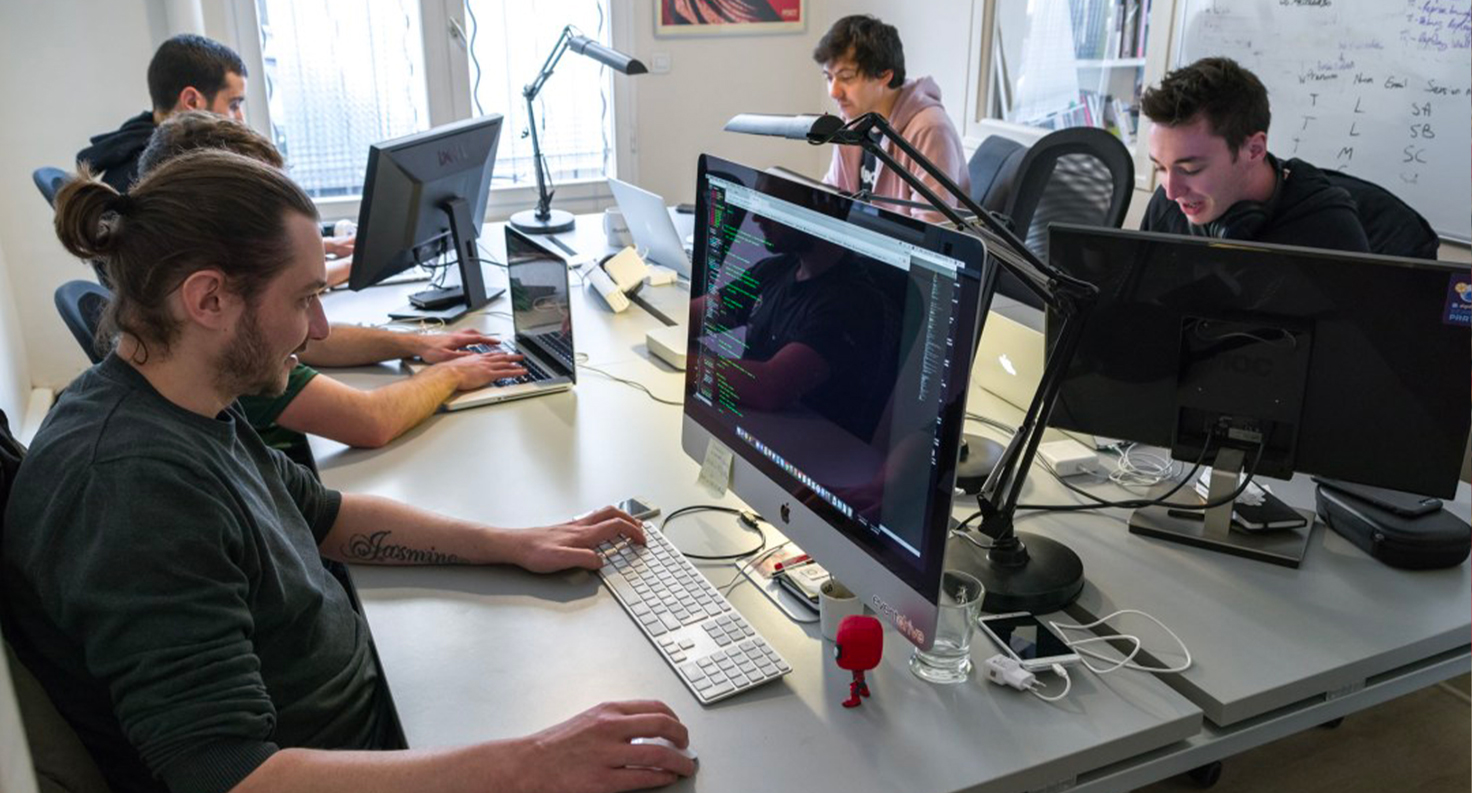In the ever-evolving realm of corporate marketing and communication, the pursuit of innovative means to captivate and engage your audience is more crucial than ever. Virtual Reality (VR) is emerging as a revolutionary technology to transform your corporate events into immersive and memorable experiences. In this article, we will delve into how to integrate virtual reality into your events to offer a unique experience to your attendees and enhance the impact of your brand.
Understanding Virtual Reality
Virtual Reality (VR) is a technology that provides complete immersion in three-dimensional digital worlds, creating an unprecedented multisensory experience for users.
At its core, VR aims to construct an artificially generated space that encompasses the senses of sight, sound, and in some cases, touch. This immersion enables participants to feel truly present in the virtual environment, even if they are physically elsewhere.
How does it work?
VR relies on specialized headsets that cover the user's eyes and ears, blocking out the real world and creating an exclusively virtual visual space. These headsets integrate high-resolution screens that display three-dimensional images, along with motion sensors that detect head and body movements. As the user turns their head or moves, the images react accordingly, creating a compelling illusion of reality.
The magic of VR lies in its ability to craft an immersive visual and sensory environment. Participants can not only see and hear what surrounds them in the virtual environment but also interact with this universe through specialized controllers or even natural gestures. This richly stimulating experience creates a striking illusion that transcends the limitations of the physical world and opens the door to endless creative possibilities. Thus, virtual reality offers event organizers an extraordinary opportunity to create unique and engaging experiences for their participants. By harnessing the visual, auditory, and interactive elements of VR, you can immerse your guests in personalized and unforgettable worlds, offering them a fresh perspective on your brand and key messages.
Advantages of Virtual Reality in Corporate Events
The integration of virtual reality into your corporate events brings a plethora of advantages that can significantly elevate your attendees' experience.
Here are some key benefits:
Increased Participant Engagement: Virtual reality inherently sparks curiosity and enthusiasm among participants. By providing an immersive and interactive experience, you uniquely capture their attention. Participants transition from passive observers to engaged participants at the heart of the virtual action.
Creation of a Memorable Experience: VR experiences are etched into memory. Participants will remember these unique moments long after the event concludes. A well-designed immersive experience creates a lasting emotional impact, increasing the likelihood that your brand and messages will resonate with your guests.
Interactive Presentation of Complex Information: VR offers a powerful platform to visually and interactively explain intricate concepts. Whether unveiling the features of a sophisticated product or detailing an industrial process, VR allows participants to dive into information and grasp it more comprehensively.
Scenarios of Using VR in Corporate Events
To provide you with a clearer perspective, we have compiled several scenarios for utilizing virtual reality in professional events. 😎 By exploring these scenarios and tailoring virtual reality to your specific needs, you can revolutionize the way you engage your participants. Think about it!
Virtual Tours of Your Premises: Offer participants the opportunity to virtually explore your facilities, even if they are not physically present. They can navigate every nook and cranny of your company, strengthening their connection with your brand.
Interactive Product Demonstrations: Showcase your products from a fresh perspective by allowing participants to virtually interact with them. They can engage with products, examine details, and even test them in a realistic virtual environment.
Real-Life Simulations: Create simulations of real-life scenarios related to your business. For instance, if you're in the healthcare sector, you could simulate a surgical procedure, enabling participants to vividly understand medical procedures.
Immersive Training Experiences: Utilize VR to provide interactive and hands-on training. This can be especially valuable for businesses requiring practical training, such as manufacturing or technical maintenance industries.
Logistical Preparation
The successful integration of virtual reality into your events demands meticulous logistical preparation. Here are some key aspects to consider:
👉 Hardware Setup: Carefully select virtual reality headsets and necessary equipment for your event. Ensure that the hardware is in good working condition and that each participant will enjoy a smooth and immersive experience.
👉 Staff Training: It's crucial to train personnel responsible for setting up and managing virtual reality during the event. They should be comfortable with headset setup, troubleshooting technical issues, and assisting participants.
👉 Queue Management: Garnering attention with virtual reality may lead to queues. Establish an efficient queue management system to avoid participant frustration. Inform them about estimated wait times and offer distractions to make waiting periods enjoyable.
Measuring the Success of Integrated VR in Corporate Events
Measuring the impact of virtual reality at your events is essential to evaluate the effectiveness of this strategy.
Analyze Usage Data: Utilize data collected from virtual reality headsets to assess how many participants used the technology, the time they spent, and which parts of the experience generated the most interest. This data will help you understand engagement and VR effectiveness.
Gather Feedback: Ask participants for their feedback on the virtual reality experience. What did they enjoy? What did they find less convincing? Their feedback can provide valuable insights to refine your future events and enhance the experience. You can incorporate these satisfaction questions thoughtfully programmed into your event management platform! 😉
Compare with Previous Results: Compare results from events using virtual reality with those from prior events lacking this component. Analyze engagement rates, conversion rates, interaction duration, and more. This evaluation will aid in assessing the specific impact of VR.
By adopting a systematic approach to measuring the success of virtual reality, you can gain valuable insights guiding the optimization of future events and maximizing the impact of this innovative technology.
Virtual reality provides marketing and communication directors with an unparalleled opportunity to transform their corporate events into captivating and engaging experiences. By embracing this technology, you can create lasting memories for your guests while enhancing your brand's reputation. As virtual reality continues to evolve, it's time to dive into this immersive experience and stand out in the competitive landscape of event marketing.



